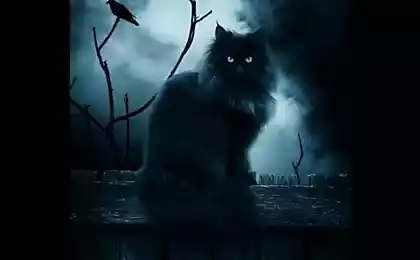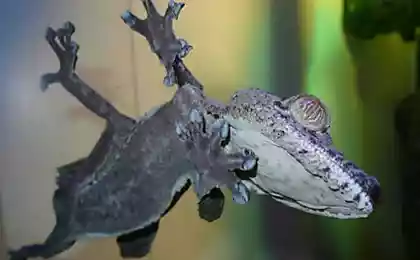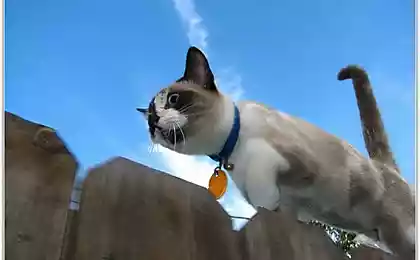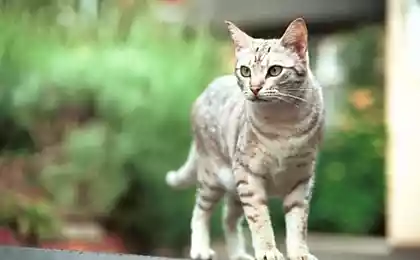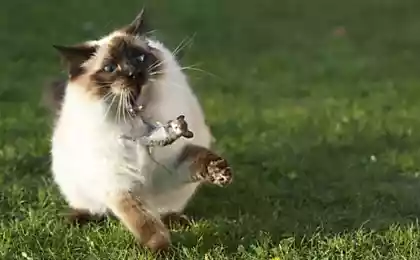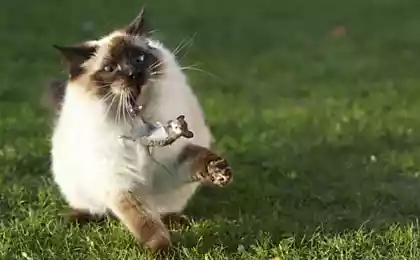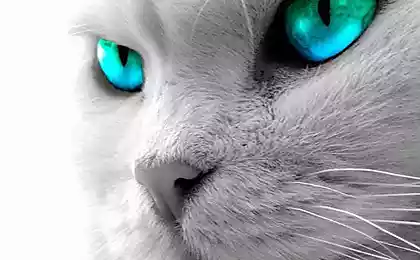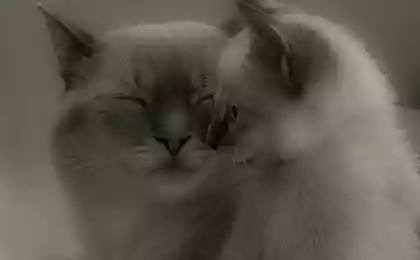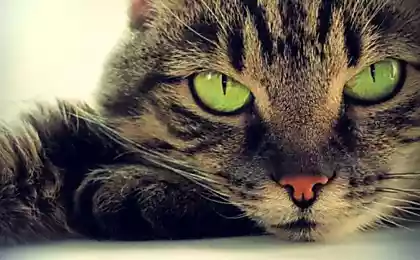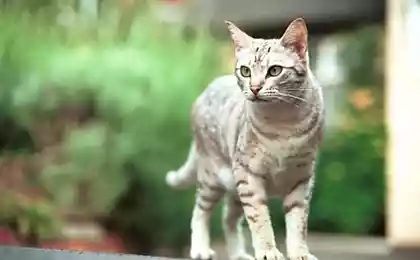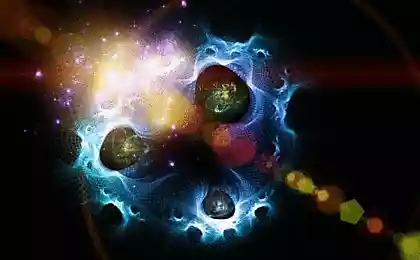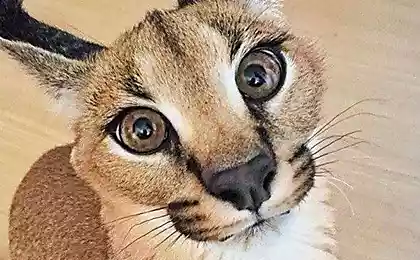500
Why cats vsenda land on your feet
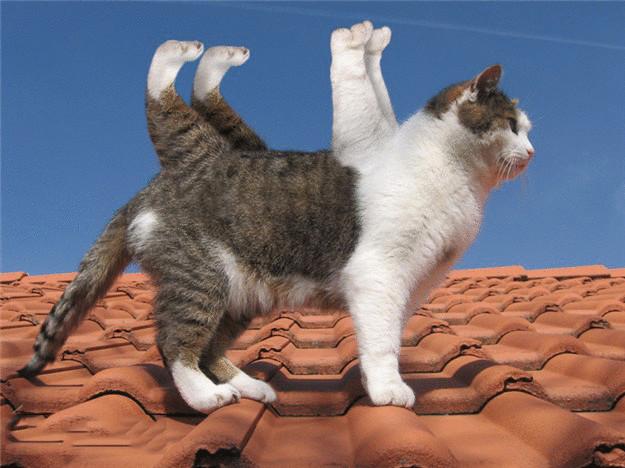
This question is not so stupid as it seems at first glance. For a long time generally thought that, according to the laws of mechanics, it is impossible, – as impossible for a freely moving body to the internal forces change the speed and direction of motion of its center of gravity. For translational motion this is proven conclusively that no matter what processes occur inside the flying cannon balls, the center of gravity continues to move forward with the same speed and in the same direction, as if inside the nucleus, nothing happened. Even the explosion of the nucleus does not alter the path and speed of the center of gravity: the core is broken into thousands of fragments – but the overall center of gravity of all of these pieces continues to follow the old path until not a single shard fell to the ground.
Used to think that the same is true in relation to the rotation of the body around the axis, and that some internal effort free (anything not supported) the body can't turn in space. Meanwhile, the cat certainly has time during the fall to turn to fall on the foot. How she achieves this? Here's the question that's been racking my brain not a scientist.
Suggested that the solution to the "cat problem": the cat is like before the jump in time to push off from the support, as does circus gymnast, tumbling in the air. Gymnast jumping from the trapeze, is repelled from it so that his body received rotational motion; then, in the air, it accelerates this rotational motion that rolls up into a ball, with your arms and legs to the body: it gives him the opportunity to twist in the air.
Exactly the same thought comes and the cat.
However, a simple experiment showed that the cat does not do: tied a cat with four laces for legs to the ceiling, some distance from the floor, and then quickly cut the laces. The cat flew to the floor, and although she obviously didn't have nothing to push off, time to fall on your feet...
So, the mystery of the "cat fall" has long remained a mystery. It was finally resolved when it was clarified the erroneous belief that the body can not change the position of the axis of rotation without external force.
The swing cats are now clear. The cat has two tools to rotate its body during a fall. The first tool is moving forward when the cat holding the tail at an angle to your body, they produce a rotary motion, the whole body is slightly rotated in the reverse direction. Why? Because the muscles, rotating the tail in one direction, at the same time repelled from the body and even cause it to pivot in the opposite direction (the law of equality of action and reaction). A number of consecutive revolutions of the tail of a cat can rotate its body to a desired angle; there is no violation of the laws of mechanics.

Experiments with a mechanical model of a cat is quite confirmed this assumption. German physicist Hartmann have produced an "artificial cat" out of a cardboard cylinder and adjusted to it cardboard as a tail. The role of muscles" turning tail, played mainspring. In the fall the cardboard cat spring were started in the course, the tail revolved, and cylinder (ie, the cat's body) itself turned on a more or less prominent angle.
But the rotation of the tail is not the only means by which a cat can rotate its body during a fall. When falling, the cat rotates the front half of his body, the rear half on the same corner rotated in the opposite direction; if then the cat will turn in the same direction of the rear half, then front back and the cat's body will again take the same position. No rotation under these conditions is not possible. But things will be different if the cat in turn will be appropriately extended and shortened front and back legs under the so-called law of areas, a part of the body with outstretched legs shall, under equal other conditions, be rotated a smaller angle than the part of the body with pressed legs. Alternating properly the stretching and compression of legs, the cat may be a number of movements to achieve the desired rotation in the desired direction.
We now see that the problem of "falling cat" is permitted without violation of the laws of mechanics.
Source: brainswork.ru
